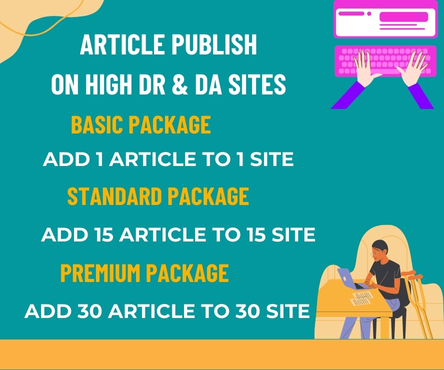In the vast digital landscape, websites have become an essential platform for businesses, organizations, and individuals to showcase their presence, share information, and connect with their audience. With the ever-increasing number of websites, the competition for user attention has become fierce. One crucial aspect that can make or break a website’s success is its navigation system. Intuitive anchorage web design plays a vital role in creating a seamless navigation experience, ensuring that users can find what they’re looking for quickly and efficiently.
The Importance of Navigation
Navigation is the backbone of a website, enabling users to explore and discover its content. A well-designed navigation system helps users understand the website’s structure, find specific information, and complete their desired actions. On the other hand, poor navigation can lead to frustration, confusion, and a high bounce rate. According to a study, 75% of users judge a website’s credibility based on its usability, and navigation is a significant contributor to this perception.
Characteristics of Intuitive Navigation
So, what makes navigation intuitive? Here are some key characteristics:
- Simple and Consistent: A simple navigation menu with clear labels and consistent design elements helps users understand the website’s structure and find what they need.
- Prominent Search Bar: A visible search bar allows users to quickly find specific content, reducing the need for complex navigation menus.
- Logical Information Architecture: A well-organized information architecture ensures that content is categorized logically, making it easy for users to find what they’re looking for.
- Responsive Design: With the majority of users accessing websites through mobile devices, responsive design ensures that navigation is adaptable and accessible across various screen sizes and devices.
- Feedback and Affordance: Providing visual feedback and affordance (visual cues that indicate an element’s functionality) helps users understand the navigation system’s behavior and interact with it confidently.
Best Practices for Intuitive Navigation
To create an intuitive navigation experience, web designers can follow these best practices:
- Conduct user research to understand the target audience’s needs, preferences, and behaviors.
- Use clear and concise labels for navigation elements, avoiding jargon and technical terms.
- Limit the number of navigation options to reduce cognitive load and make decision-making easier.
- Use visual hierarchies and grouping to organize navigation elements and create a clear structure.
- Test and iterate the navigation system based on user feedback and performance metrics.
The Impact of Intuitive Navigation
Intuitive navigation has a significant impact on user experience, influencing factors such as:
- User Engagement: Easy navigation encourages users to explore the website, increasing engagement and time spent on the site.
- Conversion Rates: By reducing friction and making it easy for users to find what they need, intuitive navigation can improve conversion rates and ultimately drive business success.
- Brand Perception: A well-designed navigation system contributes to a positive brand perception, building trust and credibility with users.
- Search Engine Optimization (SEO): Intuitive navigation can also improve website crawlability, helping search engines understand the website’s structure and content.
In conclusion, navigation plays a crucial role in determining the success of a website. By incorporating intuitive web design principles and best practices, designers can create a seamless navigation experience that benefits both users and businesses. Prioritizing navigation is essential for creating a user-friendly website that drives engagement, conversions, and ultimately, business success.

